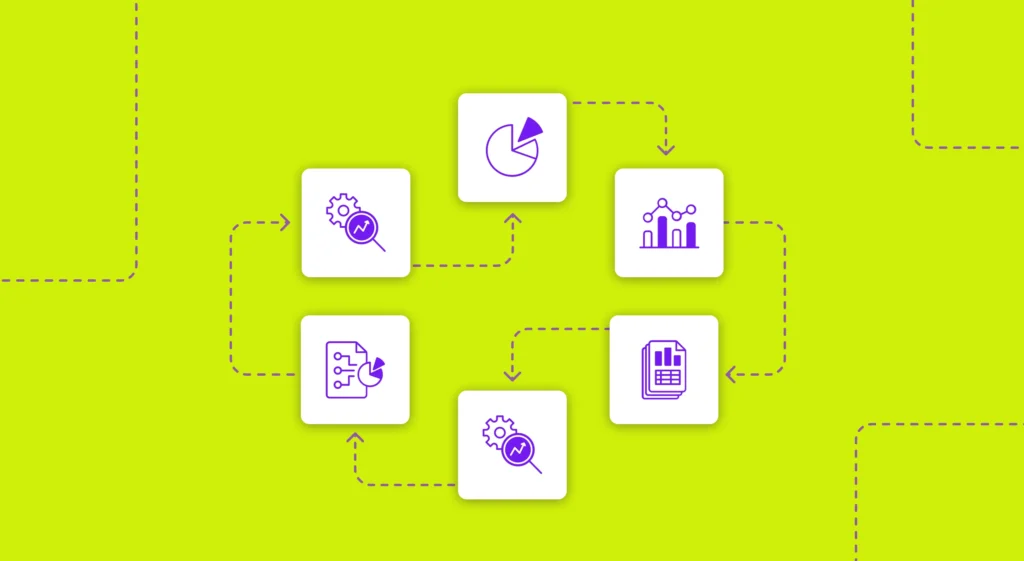Financial and engineering leaders share a common goal: to streamline the software capitalization process. However, they face the challenge of gathering meaningful data, often leading to cumbersome cross-function interactions. Naturally, management will have questions that require accurate time-tracking information. It’s only reasonable that they seek the guidance and collaboration of their team members to obtain this data. Traditional methods like timesheet submissions only burden already busy developers. To save valuable time, managers resort to rough estimates, undermining the reliability of reported time values, especially during financial audits.
So how can you present a compelling case to your leadership team to optimize software capitalization? In this article, we will explore the dynamics involved and the relevant data you should bring to the table to secure companywide support.
Recognizing the Value of Enhanced Software Capitalization
Software capitalization can be a complex process, and the time spent obtaining and analyzing data does not go unnoticed. Finance and engineering departments collaborate to understand the current projects being developed. A consequence of time invested in gathering and analyzing the data associated with software capitalization is the additional cost incurred by the company. Engineering managers are required to create a comprehensive list of all the features worked as well as specific time estimates associated with each project. Additionally, the finance team members may have to meticulously scrutinize every aspect of the work to ensure its eligibility for capitalization.
Apart from the obvious costs associated with wasted time and resources, we are diverting the engineering teams from their primary responsibilities further demoralizing the engineering team throughout the entire process. However, in today’s era of efficiency, there is measurable value in reducing operational inefficiencies.
Quantifying the impact of inefficient software capitalization
Many teams have quantified the impact of streamlining their recent cost-reporting processes, with some exampled published on our site today.
In his team’s recent case study, Adam Ferrari EVP of Engineering at Salsify expressed, “We got value out of Jellyfish almost immediately with the cost capitalization features, and the data has been successfully audited twice by our accounting firm, so it is working very well.” Other companies, such as Iterable, have seen the amount of time towards software capitalization drop as much as 98% using the Engineering Management Platform. Optimizely saved on average 30 minutes per week per engineer; time spent manually tracking and assigning hours to individual Jira issues. While not quantifiable on a balance sheet, efforts to streamline cost capitalization also improved the happiness of engineering teams by reducing toil associated with manual time tracking.
Leveraging Enhanced Software Capitalization for Financial Reporting
Integrating enhanced software capitalization practices ensures accurate financial reporting, allowing organizations to make informed decisions based on reliable data. Embracing improved practices empowers companies to adhere to prescribed guidelines, thereby reducing the risk of non-compliance. By incorporating thorough documentation, rigorous review processes, and effective internal controls, businesses can showcase their exemplary due diligence, consequently enhancing their reputation and position on their policies.
The Better Path Forward: Engineering Management Platforms
An Engineering Management Platform (EMP) streamlines financial workflows and automates the reporting of software development efforts for engineering teams. They achieve this by leveraging signals from the engineering tools used throughout the software development process. By offering on-demand reports, they provide insights into costs and full-time equivalents (FTEs) utilized to complete each task within a specific timeframe. The calculation of effort is automated, accompanied by data collection, and includes the option for automated or self-service categorization of capitalizable and non-capitalizable research and development (R&D) costs, based on individual requirements.
Engineering Management Platform provides a solution to enhance the cost-reporting process, eliminating labor-intensive tasks for both finance and engineering team members. However, leadership must recognize the existing problem. Conducting preliminary research can significantly facilitate obtaining the required budget to implement an EMP for your team.
If you require assistance in presenting your case, the experts at Jellyfish are readily available to support you.







